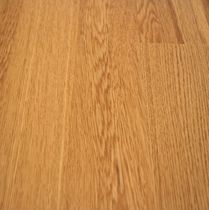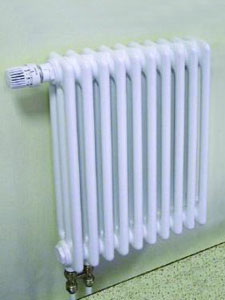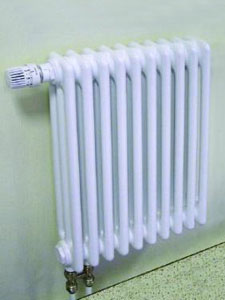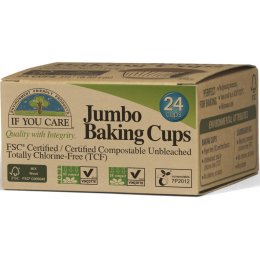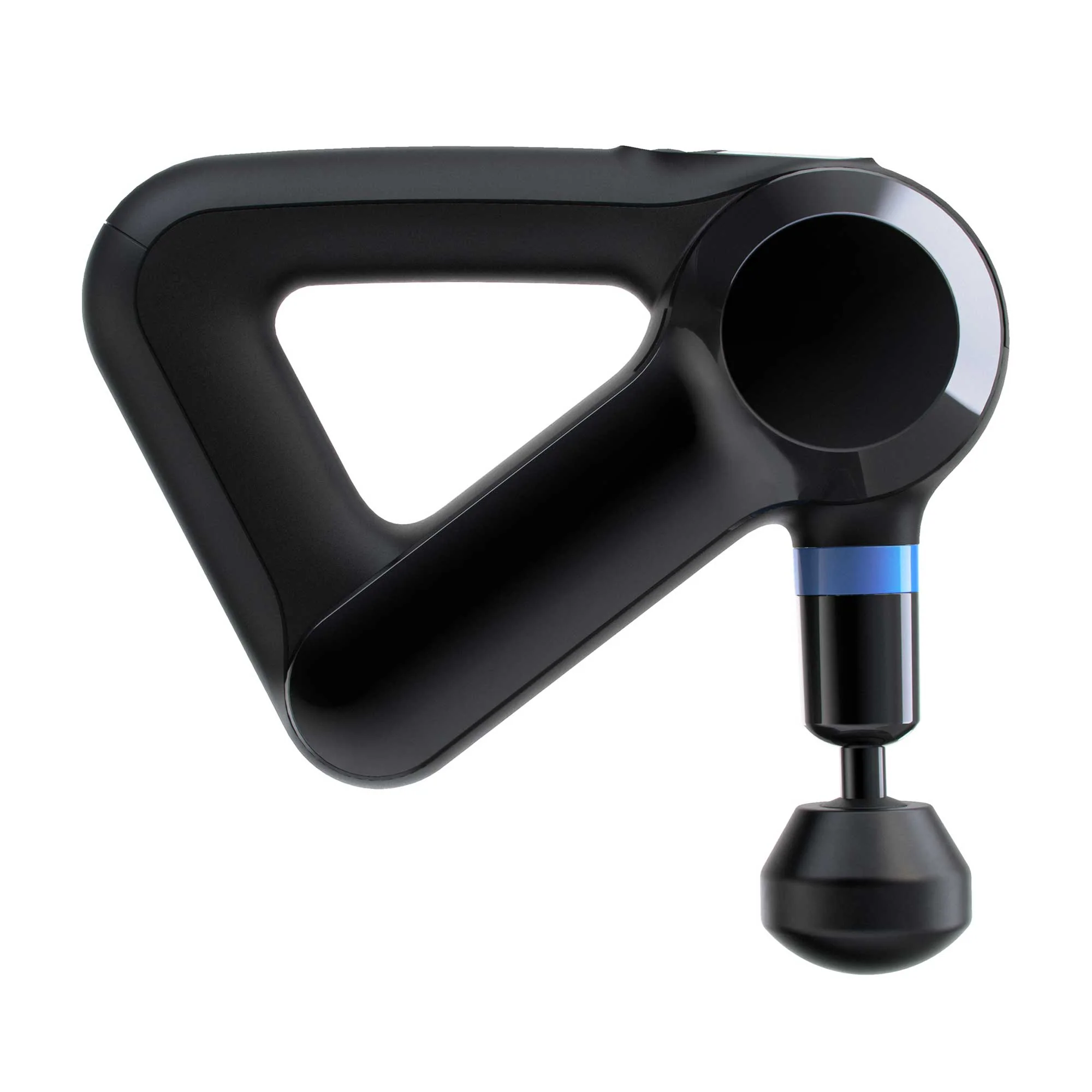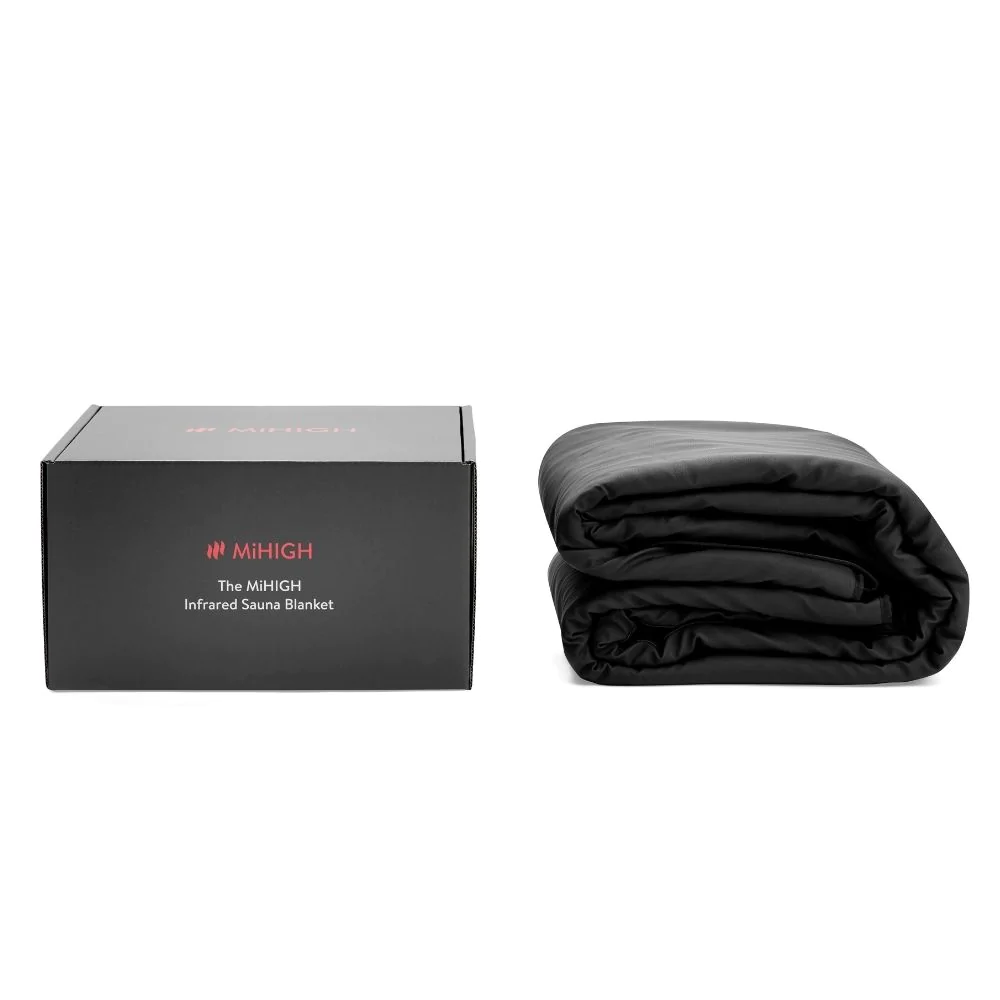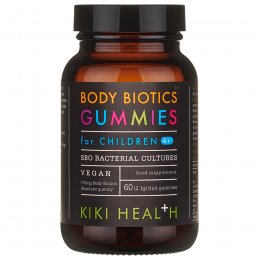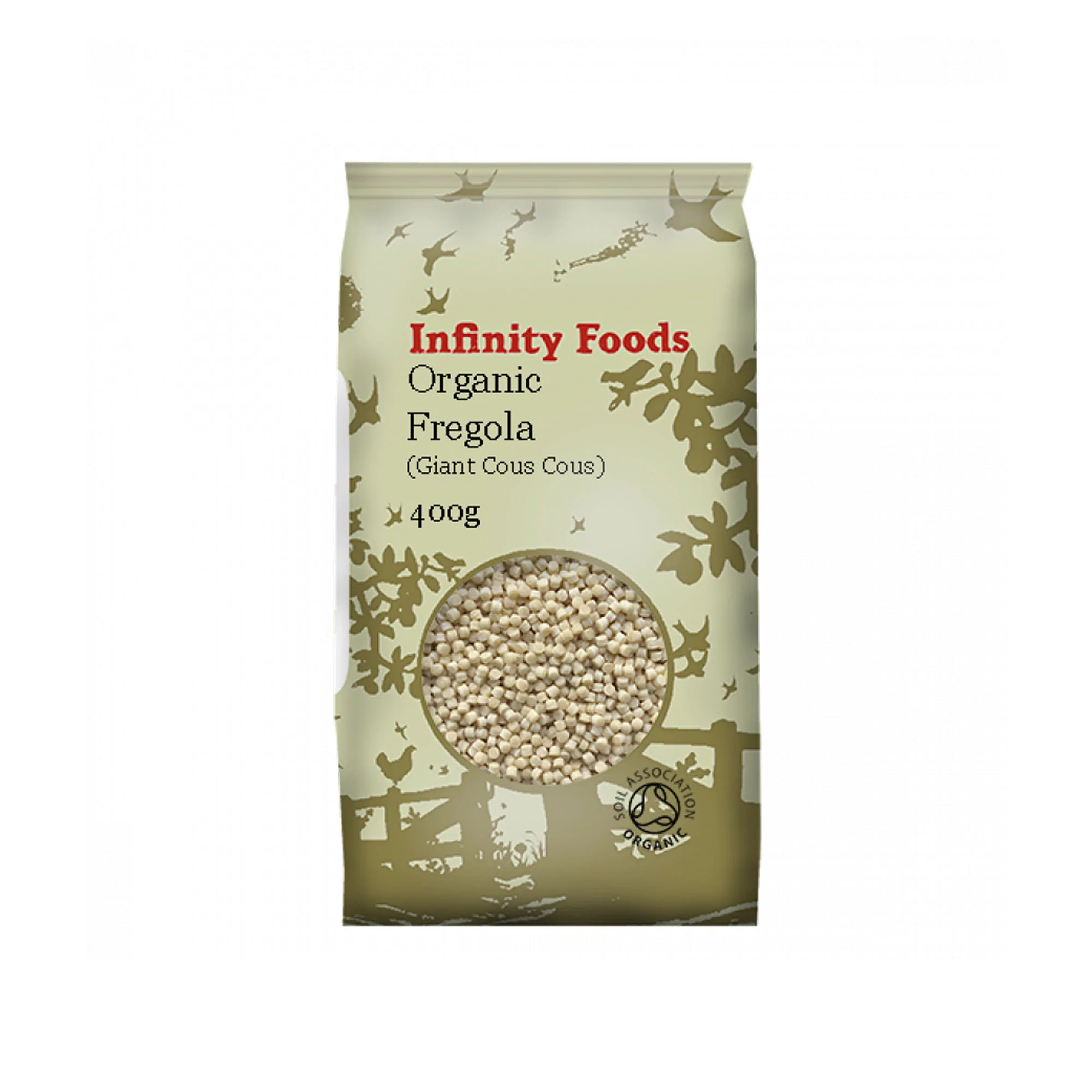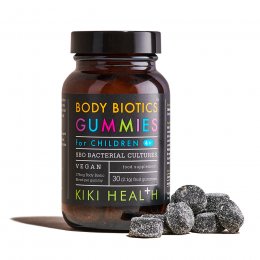Decorating Guide
October 26 2022 - Last updated August 14 2023

Paints
There are essentially 4 types of ingredients needed for paint.
- pigments – provide the colour and the “hide”
- binders – hold the pigment together and determine the feel of the paint
- additives – thickening agents, bacteriocides, defoamers, co-solvents, soaps
- liquids – oil or water based solvents which evaporate
For millenia, humans have used a range of pigments made from naturally occurring minerals (not always safe) to form paints for objects, walls and canvasses.
- egg yolk, vinegar and a variety of pigments make up tempera which is found in sarcophagus decorations in ancient Egypt, medieval panels and paintings, and is extremely long lasting.
- bones, charred, to make “Bone Black”
- lead and vinegar to make “Lead White”
- Gums and animal glues were used to make paints workable and help fixation to surfaces.
Problems with disposal of modern paints
If water-based paints and their wastewater are put into a stormwater drain or sewer they may eventually pollute natural waterways. The paints contain a solid pigment that can increase the turbidity of water. As well as making the waterway look unsightly, the increased turbidity may cause particles to clog the gills of fish, restricting their breathing. Increased turbidity can also block out sunlight, reducing photosynthesis in plants. The paints contain biodegradable substances such as surfactants and cellulose thickeners, which, as they break down, can reduce oxygen levels in the water, threatening the survival of fish and other aquatic organisms. Water-based paints contain small amounts of other chemicals too.
Putting solvent-based paints into stormwater drains or sewers may also cause pollution. Solvent based paints contain organic solvents and other organic compounds. These substances mix only sparingly with water. As they are slowly broken down in water, they deprive aquatic organisms of the oxygen they need to survive. The toxic nature of chemicals in solvent-based paints may also cause tumors to form in animals such as fish. These paints can contain heavy metals such as lead, chromium, mercury and zinc. Heavy metals accumulate in the environment and can lead to long-term problems like sediment contamination and poisoning throughout the food chain. This can eventually affect humans.
Making eco-friendly modern paints
Volatile organic compounds (VOCs) used in paint solvents and tints can be associated with conditions like nausea, nose irritation and headaches.
“Zero-VOC” or “Virtually VOC free” paints (in practice there will be trace amounts of VOCs in all paints) use aqueous rather than organic solvents.
Apart from potentially higher cost, there may need to be some compromises (the paint may take slightly longer to dry for example, or require more application) when choosing a genuinely eco-friendly paint (such as one made from plant material) but it may have other advantages, such as the ability to compost left-over paint.
Choice of paint type depends on the surface and whether it’s interior or exterior. This will determine whether lime, clay, or milk paints are appropriate.
Disposing of used paints
The availability and prevalence of paint recycling programs vary depending on the region and country. In general, paint recycling is becoming more widespread and accessible as more communities recognize the environmental benefits of diverting leftover paint from landfills.
In the United States, many cities and counties have implemented paint recycling programs, either through local government initiatives or private organizations. The PaintCare program, for example, operates in several states and offers drop-off locations for leftover paint at participating retailers. Other states have their own paint recycling programs, such as California’s Paint Stewardship Program.
In Europe, paint recycling programs are also available in many countries, although the specifics can vary. In the United Kingdom, for instance, some local authorities offer paint recycling services at their household waste recycling centers, while other programs exist through national initiatives like Community RePaint.
Overall, while paint recycling is still not as common as other forms of recycling, such as paper or plastic, it is becoming more widespread and accessible in many regions as more communities recognise its benefits.
Related products
Fire Retardant Wall Paint
£ 97.58
The greatest danger a fire poses is the speed at which it can spread.

Deodourising Clear Varnish
£ 67.64
REMOVES & NEUTRALISES SMELLS, SOLVENTS, VOCs WHERE OTHER (SMELLY) VARNISHES HAVE BEEN USED Where to use: Interior woodwork.

Anti-Formaldehyde Radiator Paint | 1 Litre
£ 62.39
ANTI-FORMALDEHYDE RADIATOR PAINT (AFR) – see products page, washable.

Anti-Formaldehyde Radiator Paint | 5 Litres
£ 244.39
Anti-formaldehyde Radiator Paint 5 litre This is how the Air-Pure technology works https://en.

If You Care Compostable Unbleached Baking Cups - Jumbo
£ 1.95
These unbleached, totally chlorine-free (TCF), greaseproof baking cups are made with responsibly sourced paper and manufactured with materials from renewable resources.

Theragun Elite Massager Gun - Black each
£ 375.00
Theragun Elite in black is elegantly designed, lightweight, and fully personalised for your body’s needs.

MiHIGH Infared Sauna Blanket each
£ 399.00
"The product uses the exact same infrared heating as an infrared sauna, but in a blanket-style wrap.

Kiki Health Body Biotic Gummies - 60
£ 27.00
These Gummies are a whole food probiotic formula created specifically to meet the unique needs of children aged four years and over.

Kiki Health Body Biotic Gummies - 30
£ 15.00
Palm oil, toxin and chemical free, these Gummies are a whole food probiotic formula created specifically to meet the unique needs of children aged four years and over.


